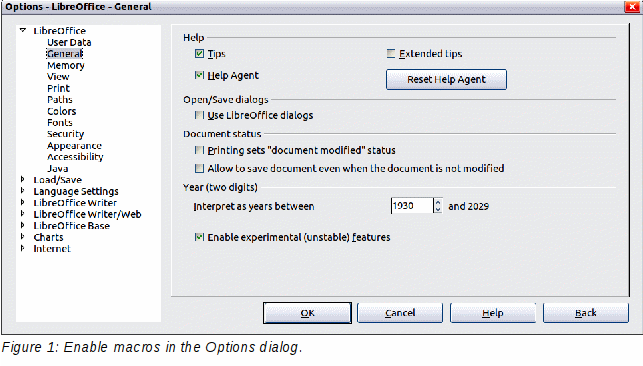

Return a copy of the string with all trailing spaces removed.

Right-justify a string into the space taken by another string. Return the octal representation of a number as a string. If the final string argument is included, this replaces the specified portion of the first string with the last string. If the length is omitted, the entire end of the string is returned. Return a copy of the string with all leading spaces removed. Left-justify a string into the space taken by another string. Return the leftmost n characters from the string. Setting mode to 0 performs a case-sensitive comparison.Ĭoncatenate the array elements, separated by the optional string delimiter, and return the value as a string. The default value for mode is 1 (case-insensitive comparison). The optional start argument indicates where to start looking. Returns 0 if not found and starting location if it is found. Return the hexadecimal representation of a number as a string.Īttempt to find string 2 in string 1. This supports 16-bit Unicode values as well.įancy formatting works only for strings. Return the integer ASCII value of the first character in the string. Table 1: These string-related functions are covered in this section. The functions listed in Table 2 are related to strings as well as either numerical or array manipulations these are covered in other chapters. The functions listed in Table 1 are the string functions covered in this chapter. These string-manipulation operations range from converting uppercase to lowercase (or vice versa) to selecting substrings out of a longer string. has a large number of functions that allow you to manipulate strings. The remaining 65,280 values-of which only about 34,000 are currently used-are used for a wide variety of worldwide text characters, mathematical symbols, accent marks (diacritics), and technical symbols. The next 128 characters (numbered 128 through 255) consist of special characters such as accent marks, Latin-based characters, and a few symbols. The first 128 characters (numbered 0 through 127) correspond to the letters and symbols on a standard U.S. The Unicode Worldwide Character Standard is a set of binary codes representing textual or script characters designed because ASCII, the original standard, can handle only 256 distinct characters. Text data is stored in strings as a sequence of 16-bit unsigned integer Unicode version 2.0 values. This includes functions to manipulate strings, convert other data types to strings, and to perform special formatting.
#Openoffice basic macros pdf#
As an added bonus, you can get a PDF copy from the publisher.This chapter introduces the subroutines and functions supported by Basic that are related to strings. In summary, if you want to write macros in OOo, buy this book. Later chapters, however, go on to much more advanced topics, and everything is covered in detail. The first few chapters introduce OOo's dialect of Basic, which should be useful for new programmers. It's written in a style that is easy to read, but it still manages to be useful as a reference. For anyone wanting to write macros in, this is a superb book. As an added bonus, you can get a PDF copy from the publisher. The underlying data structure is discussed, and techniques are introduced to evaluate OpenOffice objects, facilitating the use of returned objects in the absence of sufficient documentation by the original programming team.įor anyone wanting to write macros in, this is a superb book. Numerous examples and explanations demonstrate proper techniques and discuss known problems and solutions. Specific techniques to perform a variety of commonly requested functions are provided, including actions common to all applications in the suite, such as printing or saving files, as well as those specific to the individual application-Write, Calc, Impress, and Draw. An introduction to the creation and management of macros in OpenOffice is presented, and each function and command is described. Specific techniques to perform a variety of commonly requested func Providing complete and thorough coverage of macro programming in, this guide teaches users to create their own macros and to understand their underlying structure. Providing complete and thorough coverage of macro programming in, this guide teaches users to create their own macros and to understand their underlying structure.


 0 kommentar(er)
0 kommentar(er)
